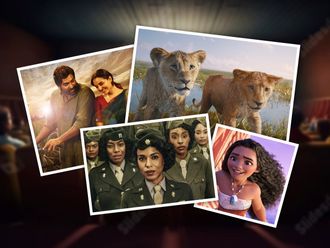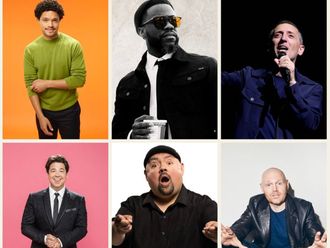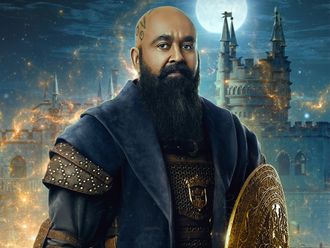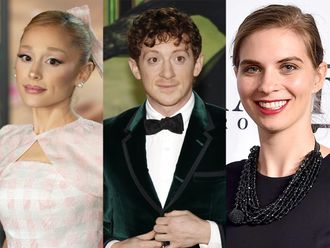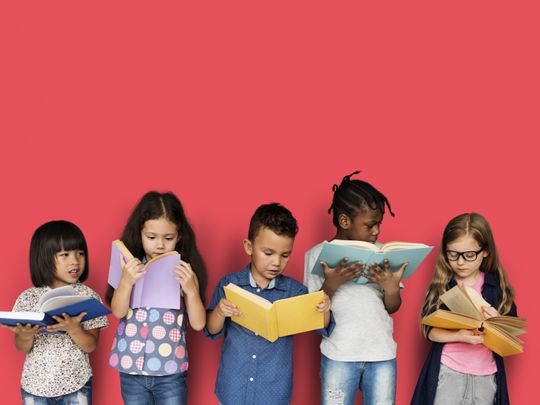
As protests over the killing of George Floyd spilled into a second week, many parents wondered how to talk about the deaths and unrest with their children. But just as important in the long run, especially for nonblack parents, is how to keep the conversation about race and racism going when the country isn’t in a moment of national outrage, and to make sure all children see black people as heroes in a wide range of their own stories, and not just as victims of oppression.
In this moment, try to address the killings and protests honestly and in an age appropriate way, said Y. Joy Harris-Smith, a lecturer at Princeton Theological Seminary and the co-author of the forthcoming ‘The ABCs of Diversity: Helping Kids (and Ourselves!) Embrace Our Differences’.
You can start having conversations about race in preschool, said Jacqueline Douge, a pediatrician and child health advocate based in Maryland — children can internalise racial bias between the ages of 2 and 4, according to an American Academy of Pediatrics article that Douge co-wrote.
With preschool-age children, you should start by discussing racial differences in a positive way, said Marietta Collins, a clinical psychologist at Morehouse School of Medicine and the co-author of ‘Something Happened in Our Town: A Child’s Story About Racial Injustice’, which is a book for children about a police shooting.
Collins gave the example of a white child asking why another child had brown skin. A parent can take this opportunity to explain what melanin is and to talk about how wonderful it is that the world has so many different kinds of people.
Older children will be much more aware of what’s going on right now. So find out how much your child knows about the protests, Harris-Smith said, because kids may know more than we think they do from overhearing the news, their parents talking, or simply noticing what is going on outside in their neighborhoods.
Once you assess what they know, you can have a conversation about the violence against black people without being too explicit with elementary-age children.
Douge suggested starting with something like: “There are things happening in the news that are upsetting us. Unfortunately there were police officers that made bad choices for the wrong reasons because of the color of our skin.”
Collins said that with children in elementary school, you should focus on how unfairly black and brown people have been treated throughout American history to the present day, because fairness is something all children can understand.
If you live someplace where people are actively protesting and your children have observed some destruction, “first and foremost, reassure them you’re there to keep them safe,” DougE said. But also explain why people are protesting, and show them positive images of protesting now and from history, she suggested.
Make sure to create space for your children to feel however they need to feel about what you’re discussing - they may be angry, sad or scared. “When we’re not validated in how we feel, it makes it difficult for us to be active participants in our lives,” Harris-Smith said.
Collins suggested that parents can let a child know “the important adults in her life are working really hard to make sure these injustices don’t continue to happen in our city, country and world.” Respect your children’s feelings if talking about it is too upsetting, but make sure to leave the door open for future conversations, she continued.
In addition to keeping an open dialogue about racism, one way to raise children who are anti-racist is by making sure your home library has books with black people at the center of their stories. Christine Taylor-Butler, the prolific children’s author and writer of “The Lost Tribes Series,” said that she got into children’s literature because she wanted to see more stories of black joy. “I want stories about kids in a pumpkin patch, and kids in an art museum,” she said. “Not only do we want our kids to read, but we want white kids to see - we’re not the people you’re afraid of.”
“I see students clamoring for books that speak to heart, not oppression based on civil rights,” Taylor-Butler added. And she is also a fan of books that tell stories of black triumph and invention, like “Whoosh! Lonnie Johnson’s Super-Soaking Stream of Inventions,” by Chris Barton and illustrated by Don Tate, which is about the black engineer behind the Super Soaker water gun.
With that in mind, several authors and New York Times editors offered suggestions of books to read to children. Some are explicitly about racism, but others are stories with nonwhite protagonists. They are broken down here by age range.
Ultimately, words and books should not be the end of your child’s education about race and racism. “The best advice I can give parents is to be models for the attitudes, behavior and values that they wish to see in their children,” said Nia Heard-Garris, an attending physician at the Ann and Robert H. Lurie Children’s Hospital of Chicago.
“It is not enough to talk about racism, you must strive to be anti-racist and fight against racist policies and practices,” Heard-Garris said. If you have the privilege, “make space, speak up or amplify issues of inequity and injustice.” Children see everything.
Ages 0-3
‘The Snowy Day’, ‘A Letter to Amy’, ‘Hi, Cat!’ and ‘Whistle for Willie’ by Ezra Jack Keats

“I love all of Ezra Jack Keats’ books about Peter, because they show a black boy in the city and the stories are just about his curiosity, his bravery and his being a kid. They are beautiful meditations on the interiority of black childhood without trauma while still feeling very black.”
Ages 3-5
‘Saturday’, written and illustrated by Oge Mora

“This book is pure joy. A mom and her daughter, Ava, always look forward to Saturdays because it’s the one day of the week they get to spend together without school or work. On this particular Saturday, though, they experience a series of disappointments. Nothing seems to be going as planned. Still, thanks to Ava they figure out a way to enjoy their time together. A quiet yet profound picture book.”
‘Hair Love’, by Matthew A. Cherry. Illustrated by Vashti Harrison.
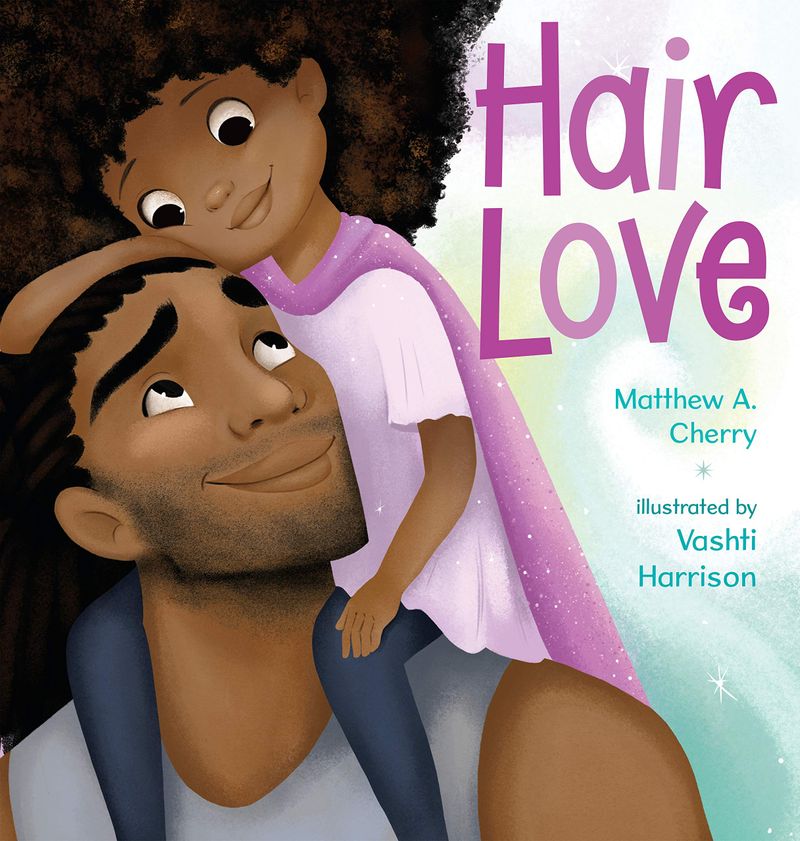
“Written by a former NFL wide receiver and now an Oscar-winning short film, ‘Hair Love’ tells the story of a black father learning to do his daughter’s hair for the first time and the special bond they share.”
Ages 5-8
‘Each Kindness’, by Jacqueline Woodson. Illustrated by E.B. Lewis.
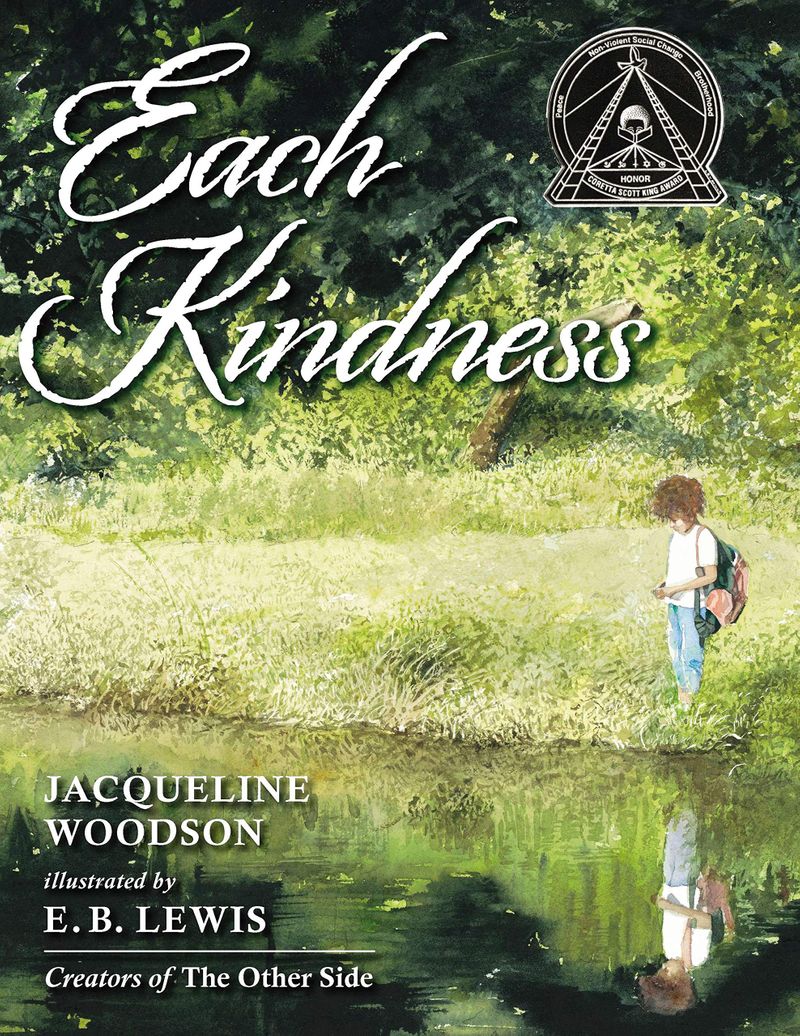
“A new girl, Maya, shows up at school, and the whole class, including Chloe, our main character, shuns her because she’s shabbily dressed and seems different. This goes on for a while, and then Maya is suddenly gone, and Chloe realizes she’s missed her chance to be kind. This is a powerful picture book that bravely ends with regret.”
‘The Youngest Marcher’, by Cynthia Levinson. Illustrated by Vanessa Brantley Newton.
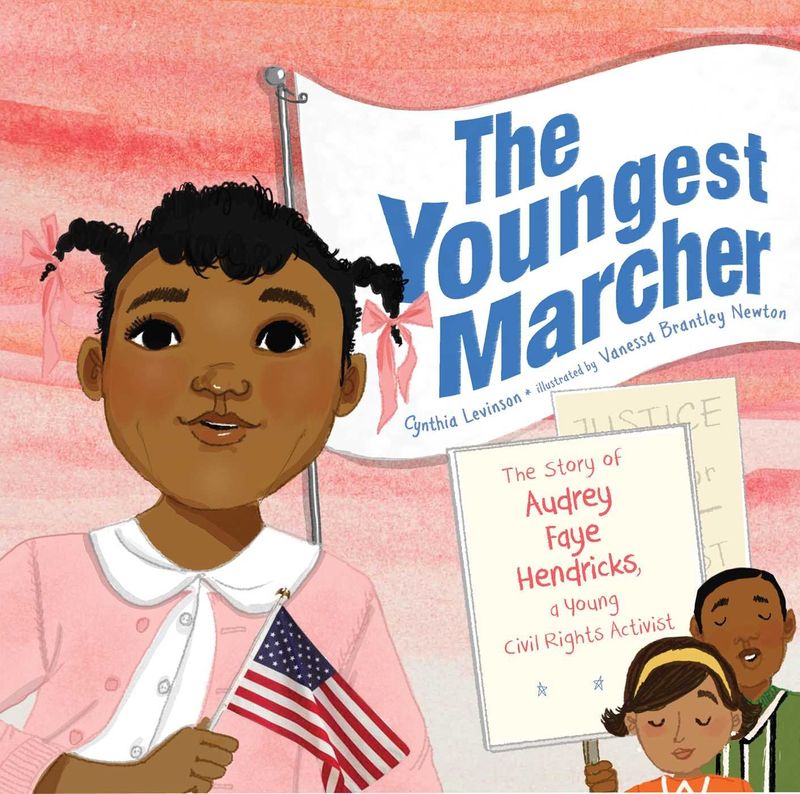
“It’s one of the more shocking and little-known stories of the civil rights movement: In 1963, the city of Birmingham jailed hundreds of kids for joining the Children’s March. Among them was 9-year-old Audrey Faye Hendricks, taken from her family to spend a week behind bars, eating ‘oily grits’ and sleeping on a bare mattress. Levinson and Newton keep her story bright and snappy, emphasizing the girl’s eagerness to make a difference and her proud place in her community.”
Ages 9-12
‘Resist: 35 Profiles of Ordinary People Who Rose Up Against Tyranny and Injustice’, by Veronica Chambers. Illustrated by Paul Ryding.
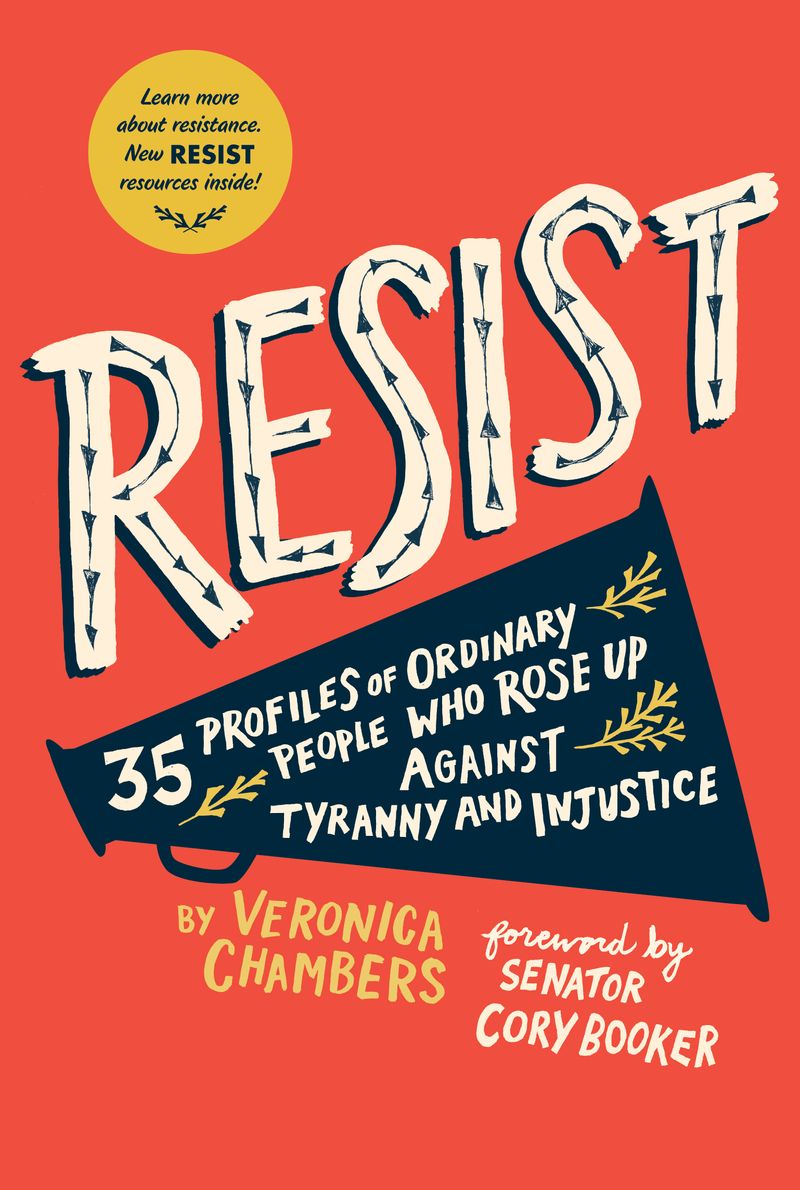
“Chambers, who is the senior editor of special projects here at The Times, has pulled together 35 inspiring stories from the past 500 years of history, each with a lesson for our kids about how to fight injustice in their own lives.”
‘Not My Idea: A Book About Whiteness’, written and illustrated by Anastasia Higginbotham
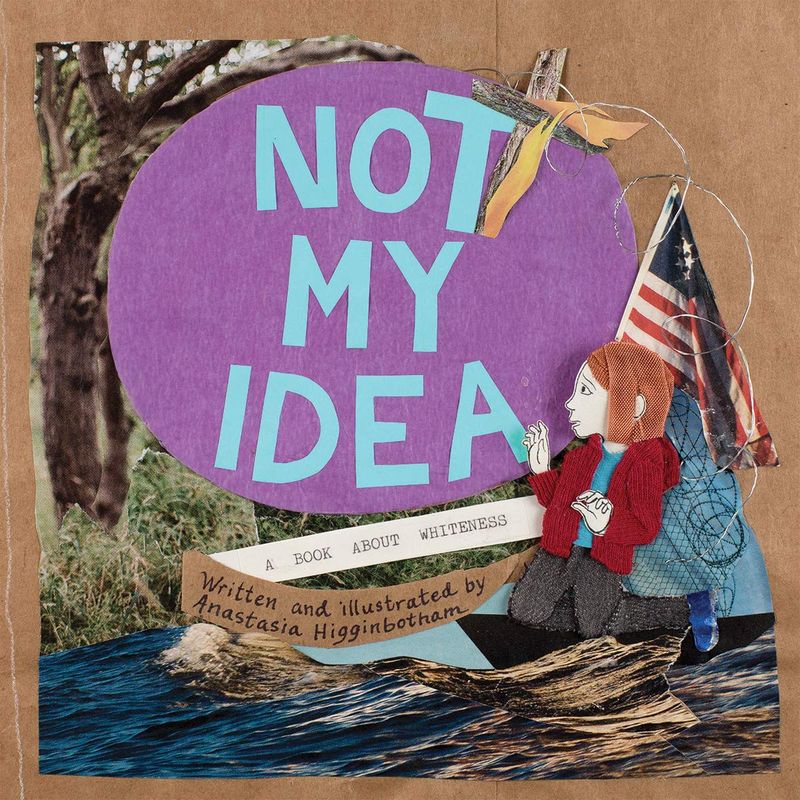
“An honest explanation about how power and privilege factor into the lives of white children, at the expense of other groups, and how they can help seek justice.”
Ages 12 and Up
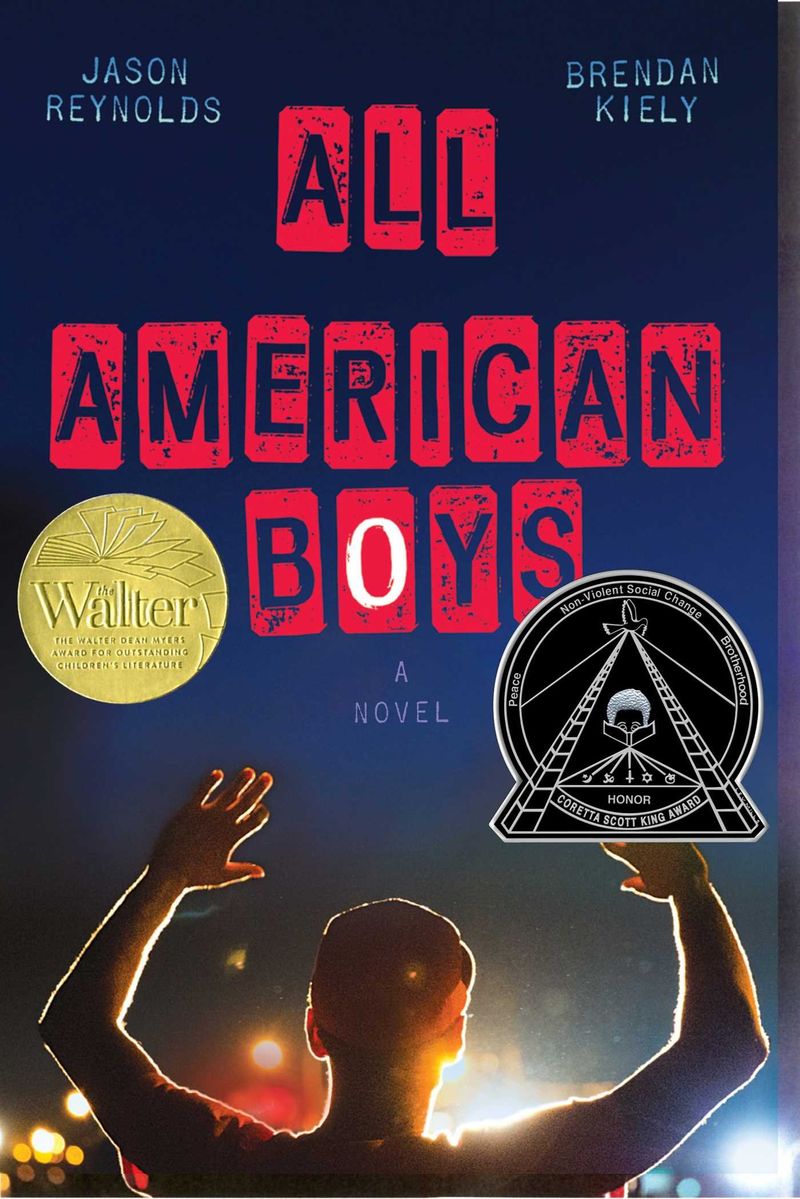
‘All American Boys’, by Jason Reynolds and Brendan Kiely
“This is a brilliant look at the effects of police brutality from the perspective of two teen boys: one white and one black. We get inside both of their minds and watch them grapple with the weight of something that is way too familiar in our country. “
‘Stamped: Racism, Antiracism, and You’ by Jason Reynolds and Ibram X. Kendi
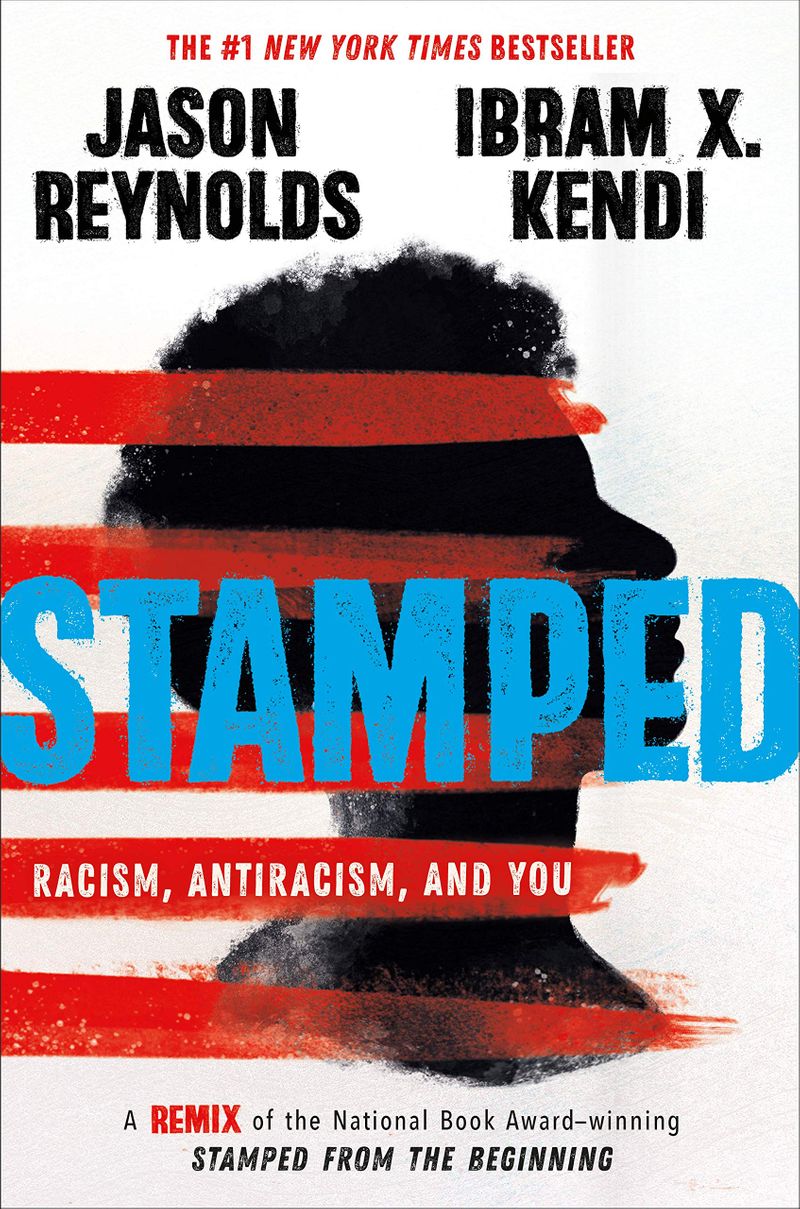
“Reynolds and Kendi have created a book that slyly draws attention to the page itself. ‘Uh-oh. The R-word,’ they write. The word that ‘for many of us still feels Rated R. Or can be matched only with the other R word - run. But don’t. Let’s all just take a deep breath. Inhale. Hold it. Exhale and breathe out’ — and here, the text breaks apart to give us the dangerous word — ‘race.’”




